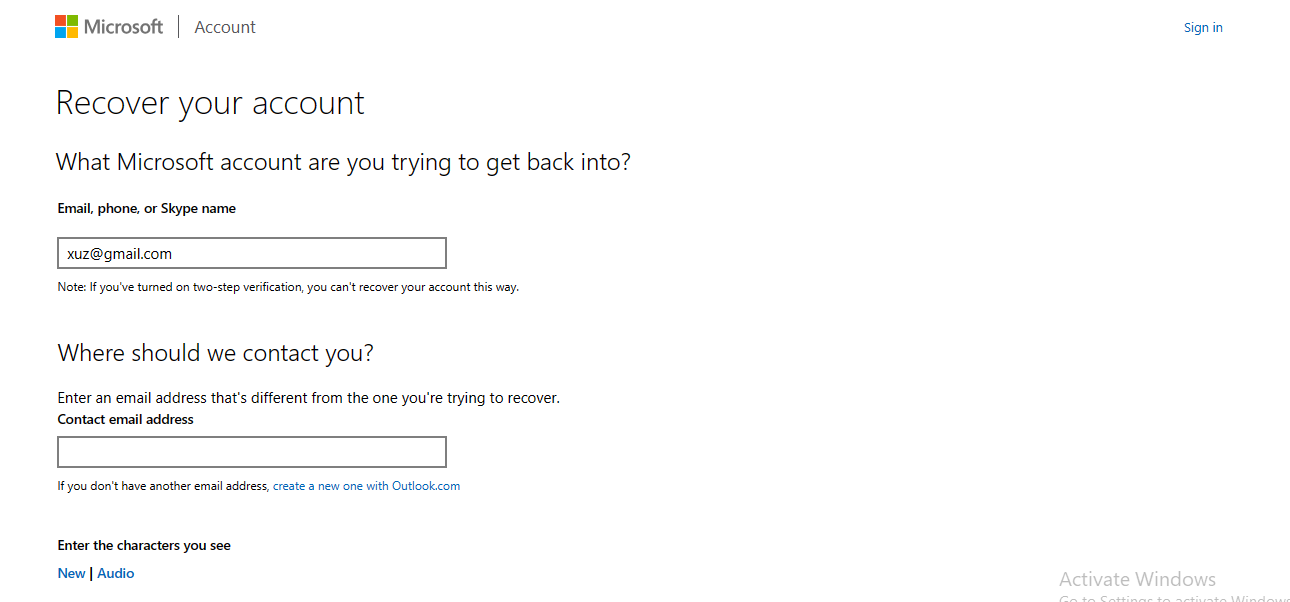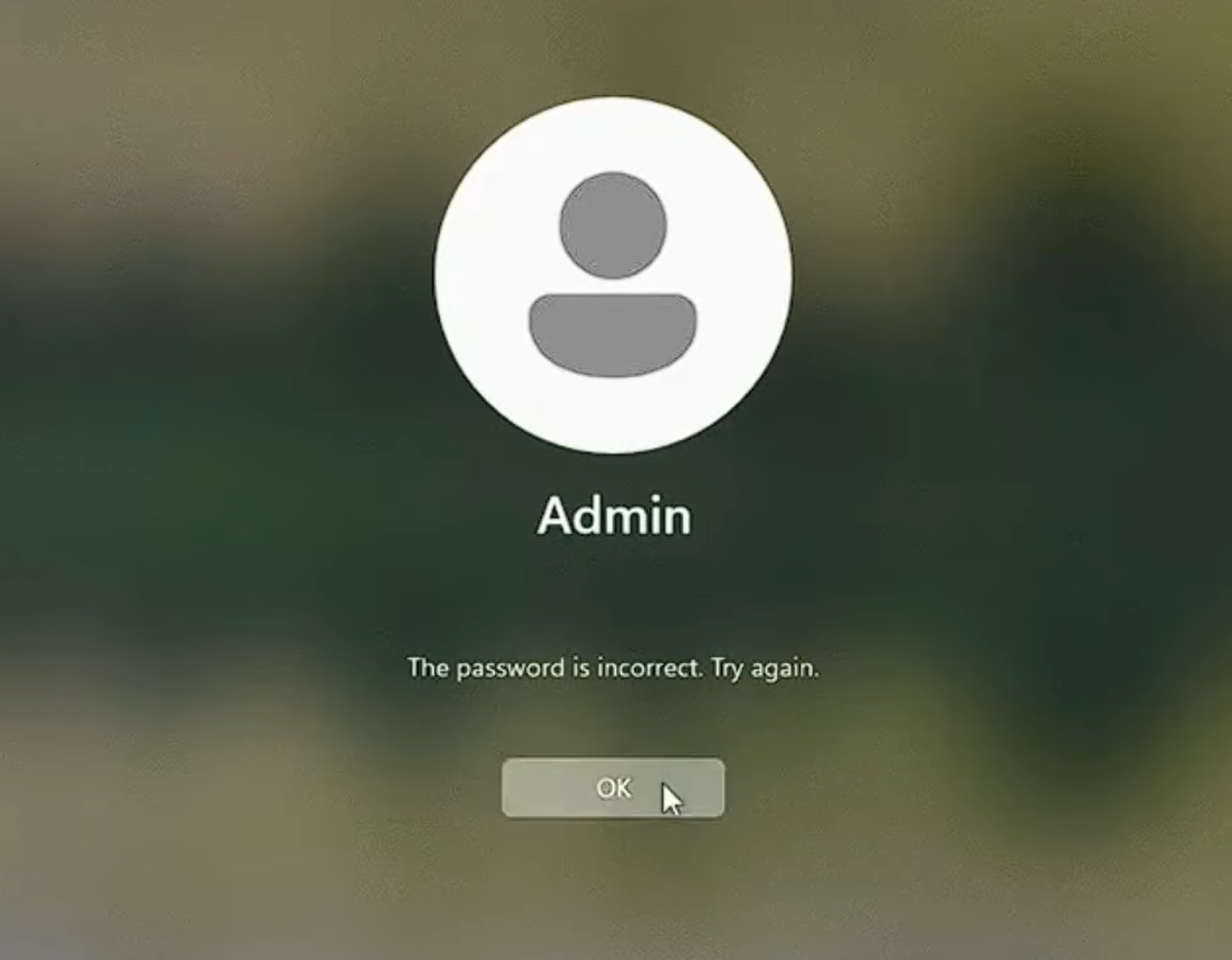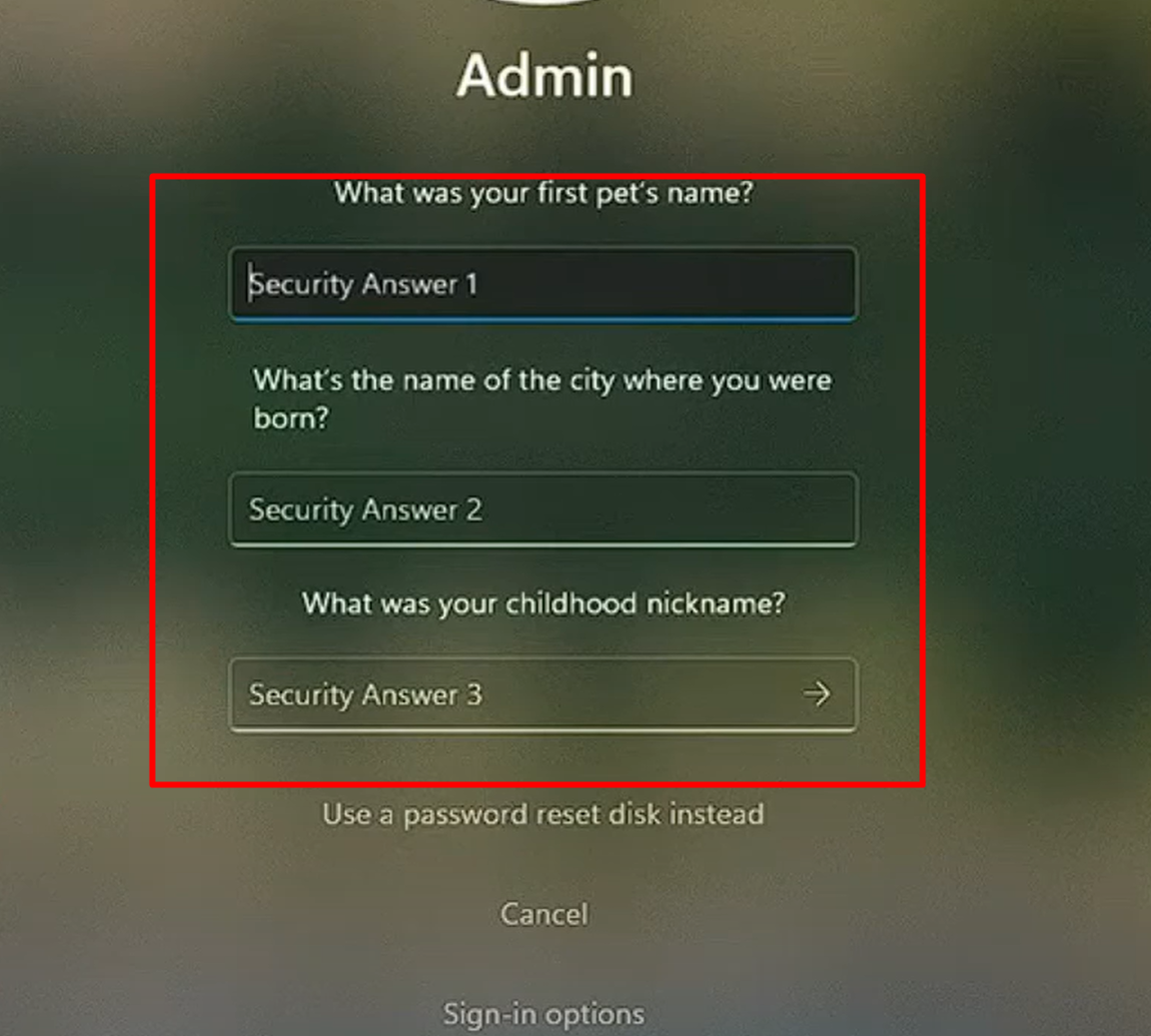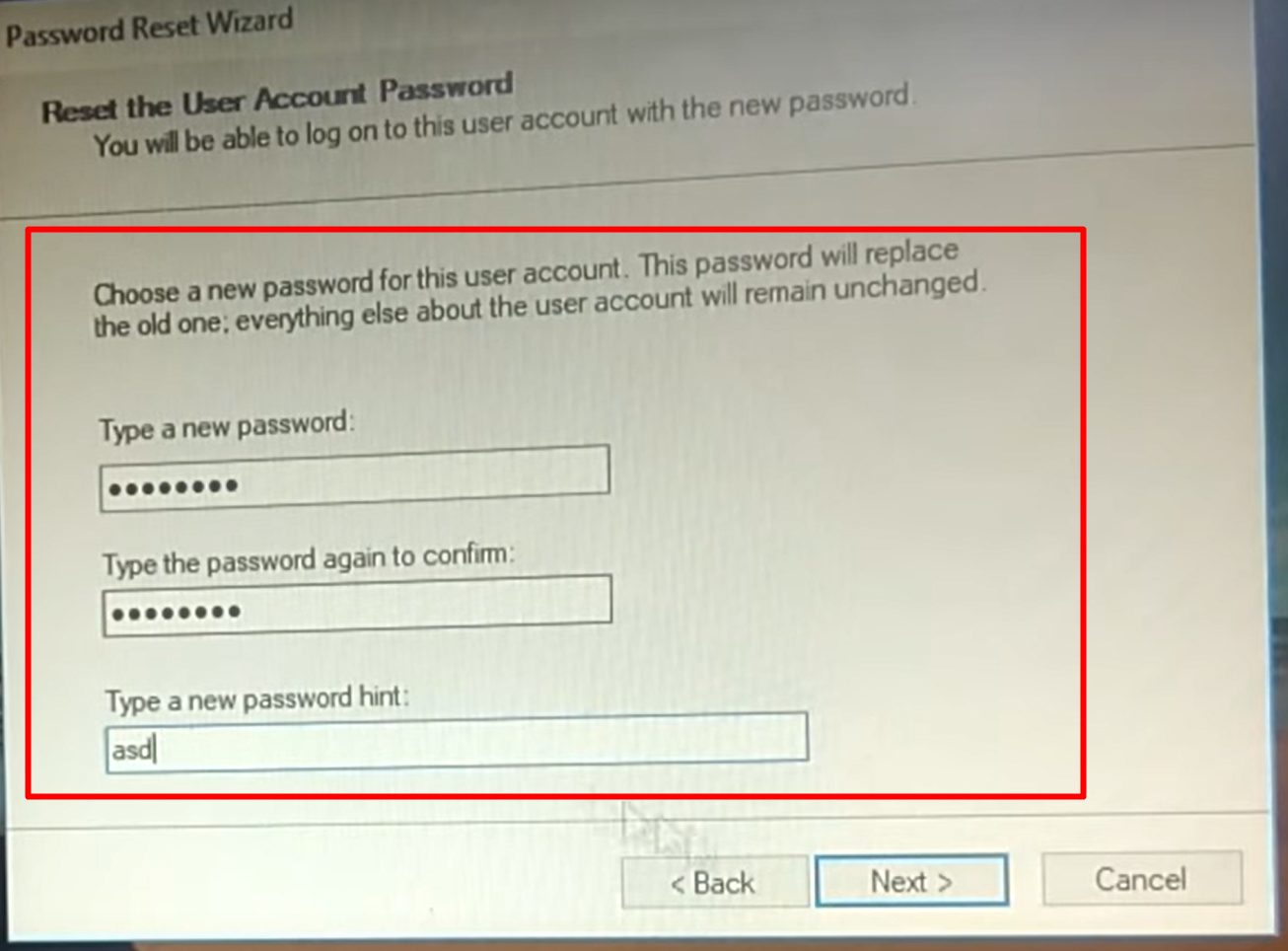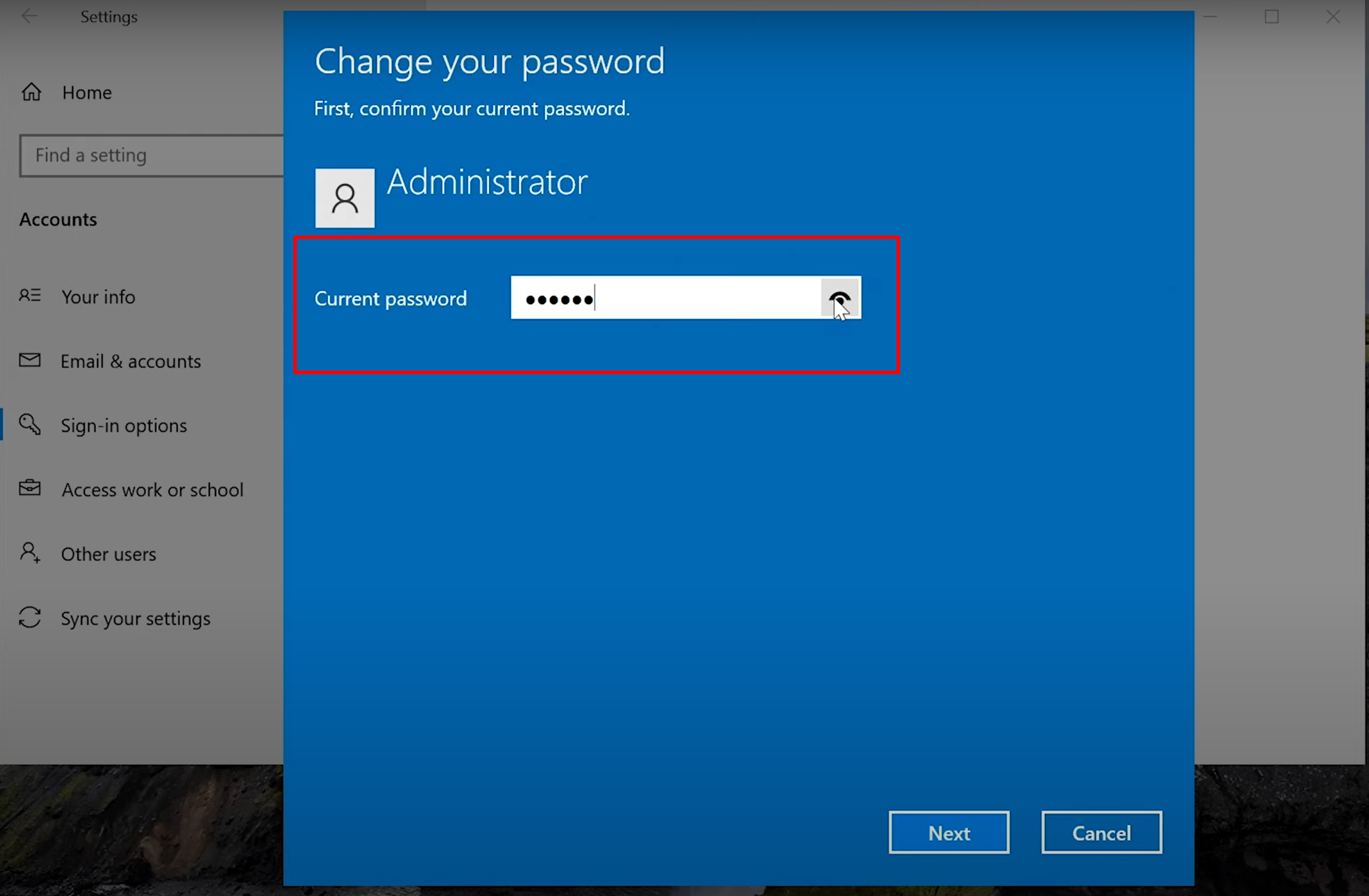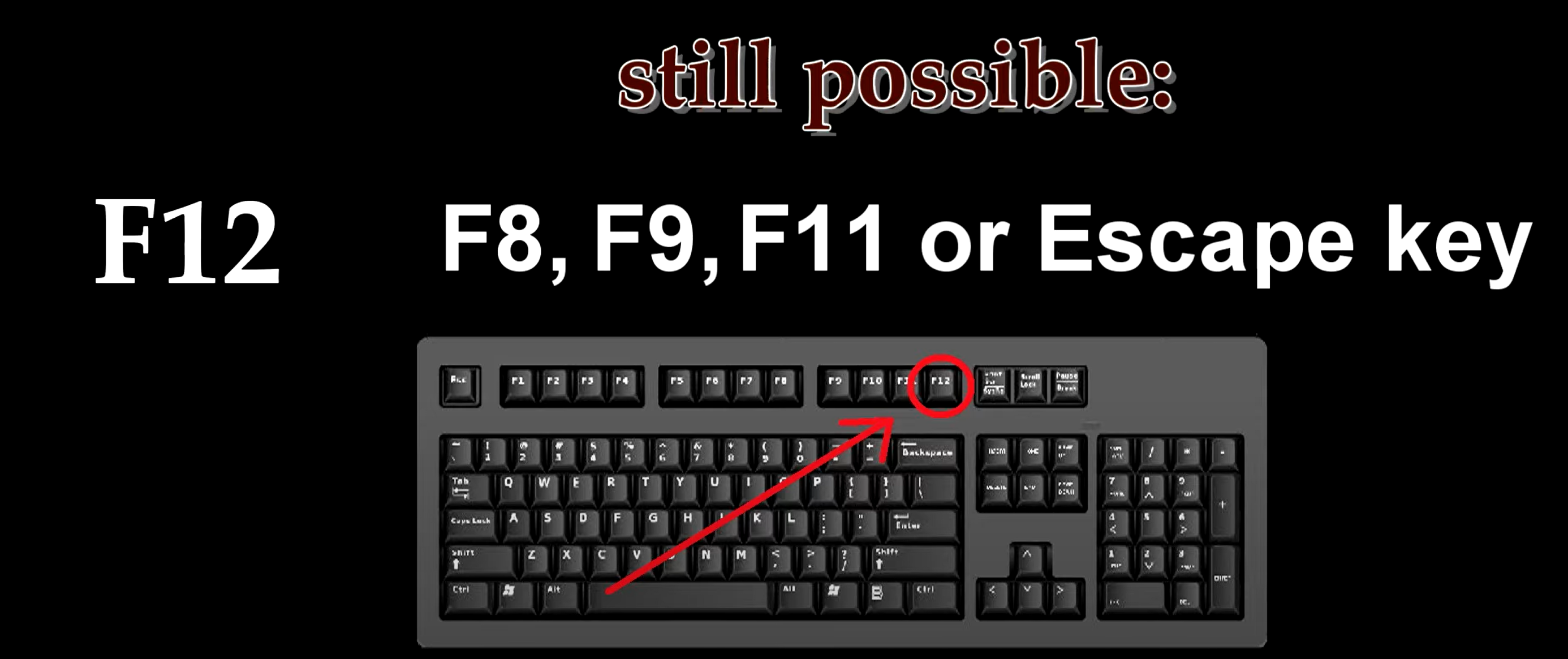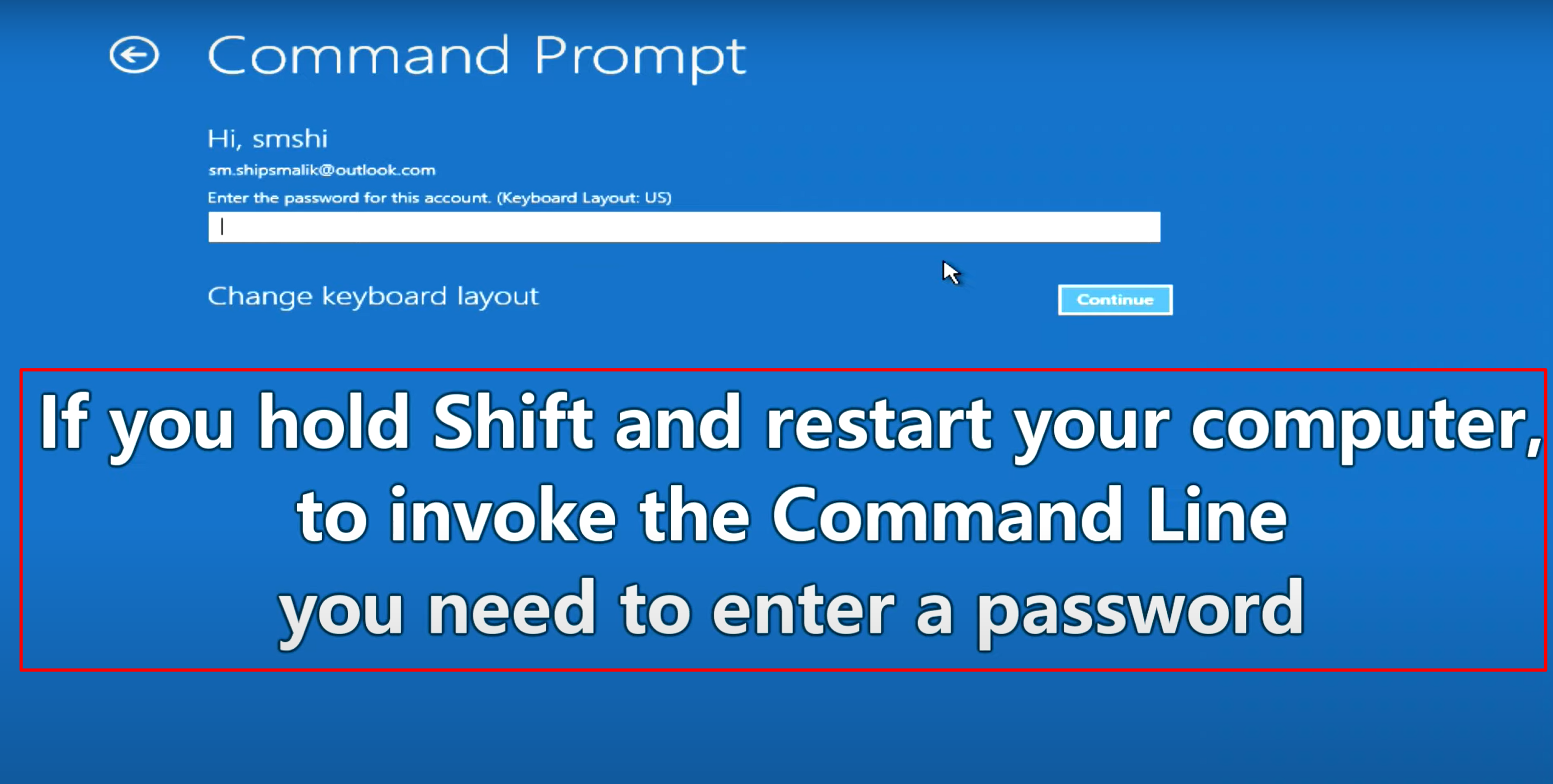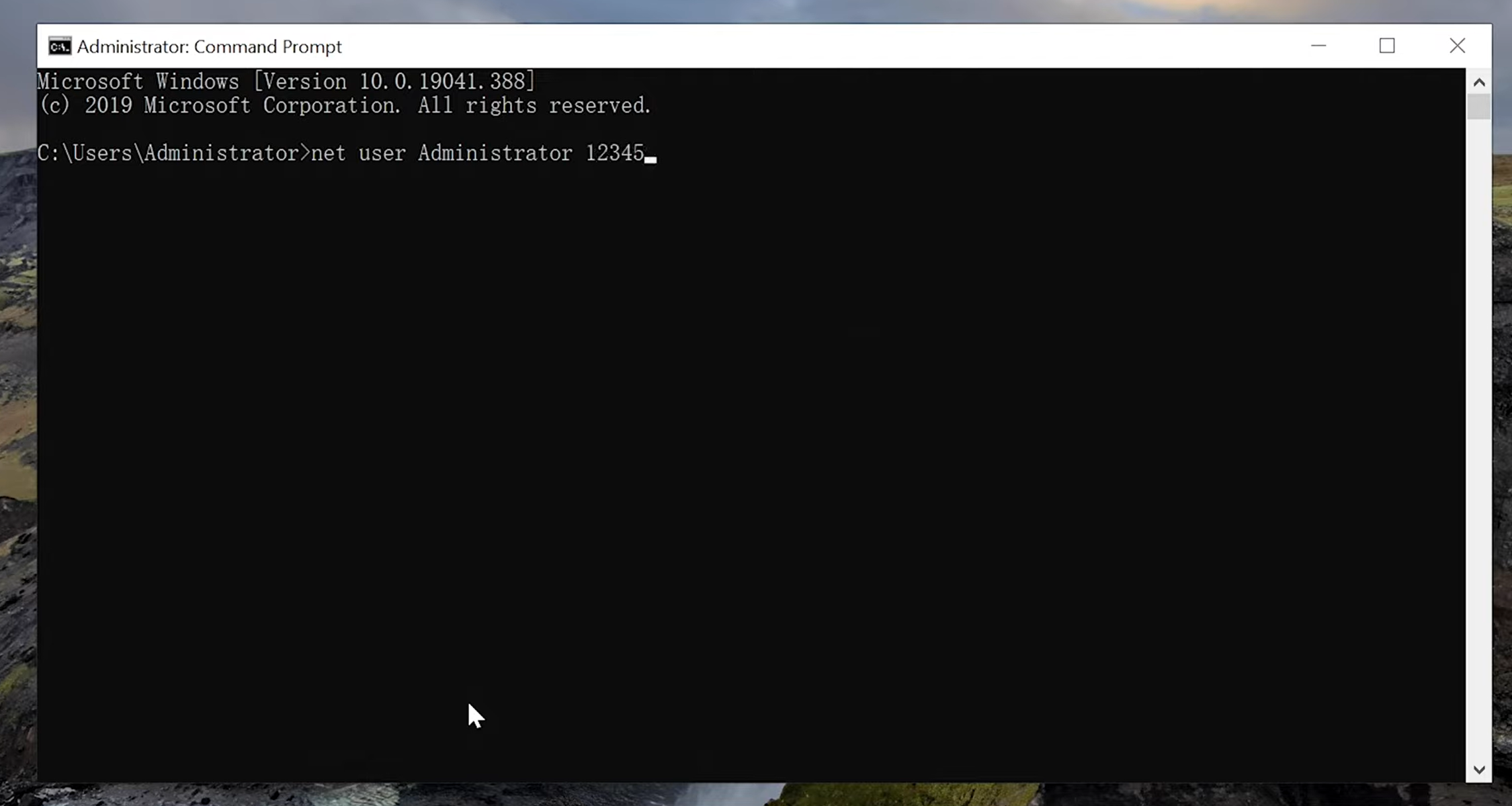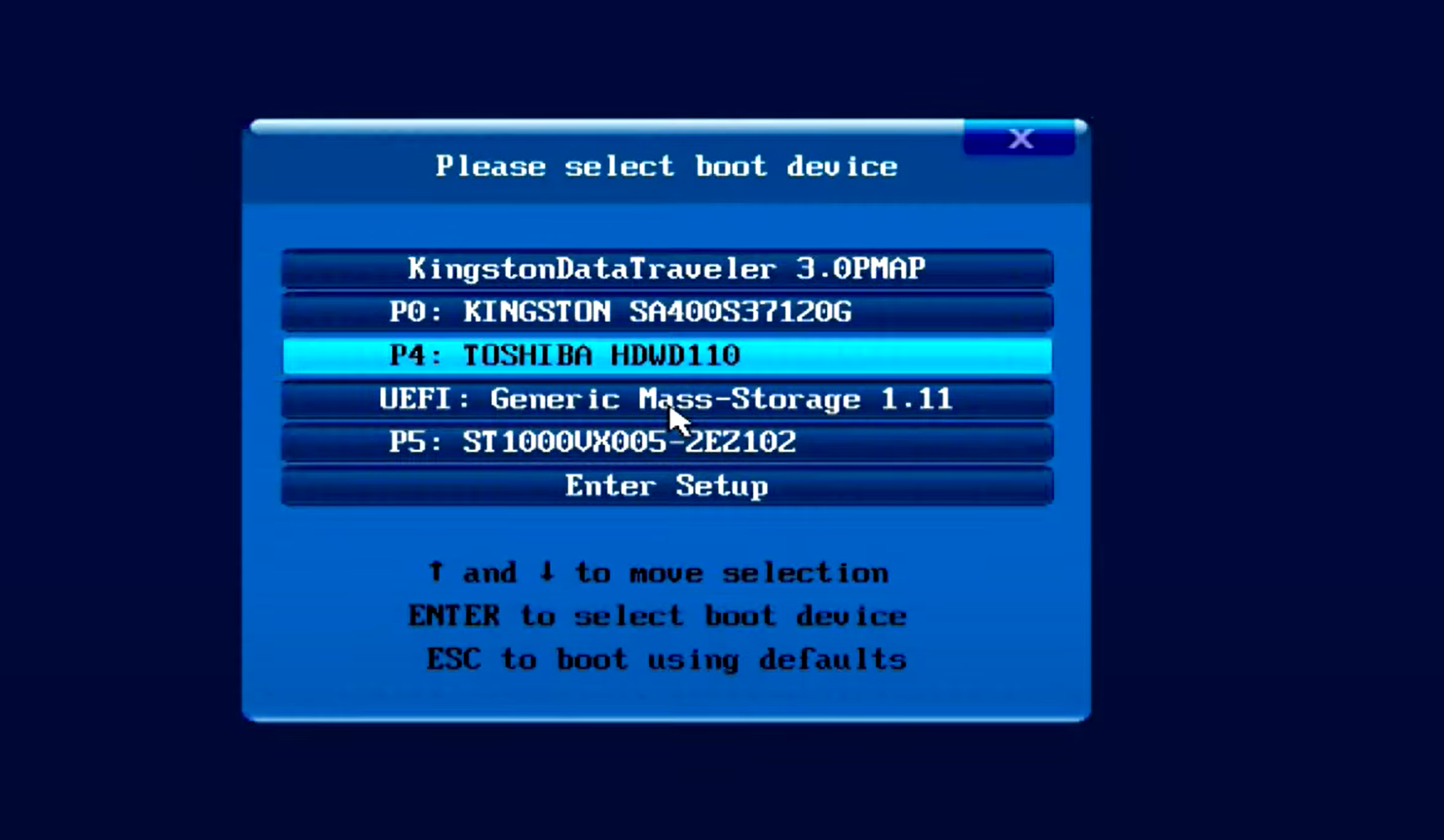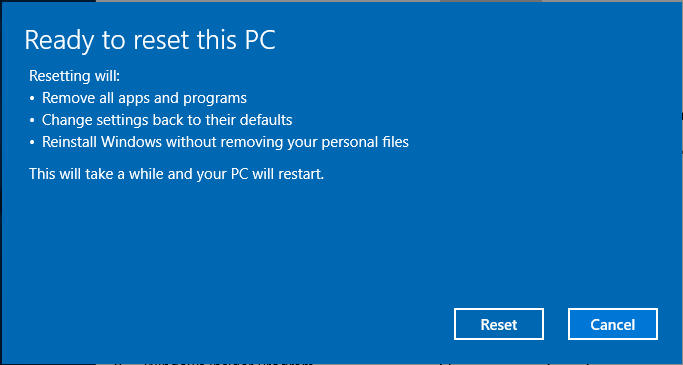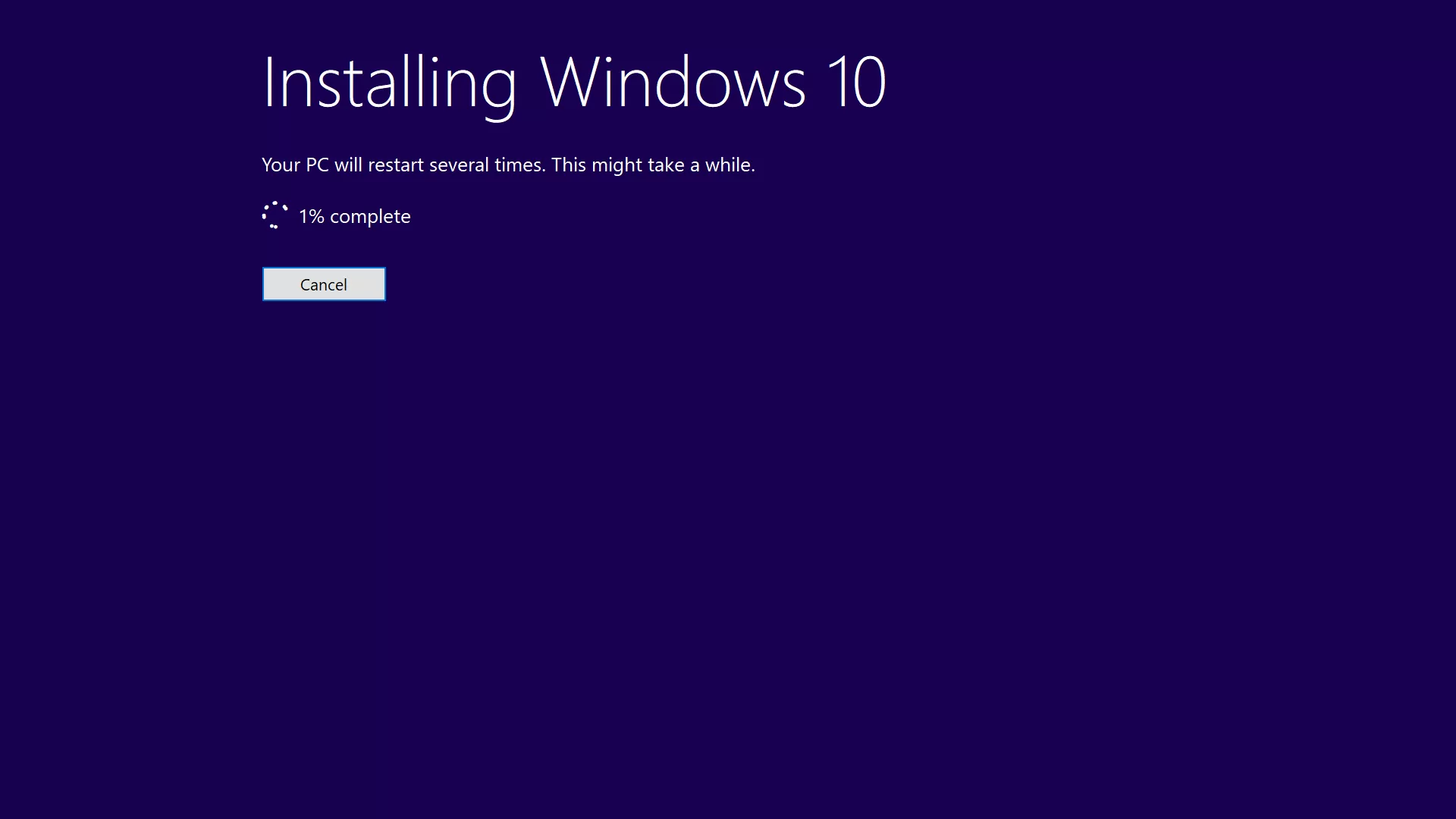Contents
Struggling to remember your Windows 10 password? Worry not! You’re about to discover foolproof methods that guarantee a 100% success rate in regaining access to your computer.
Whether you’ve forgotten your password or just want to reset it for security reasons, our step-by-step guide is designed to cater to every scenario.
From using your Microsoft account to the hidden tricks of Safe Mode, we’ve covered it all. Stay with us, and unlock your Windows 10 like a pro!

Method 1: Using a Microsoft Account to Reset Your Windows 10 Password
If your Windows 10 login is linked to a Microsoft account (which is often the case if you use an email address to log in), resetting your password is straightforward and can be done from any device with internet access. Here’s how to do it:
Step 1: Access the Microsoft Password Reset Page
- Action: Open any web browser on a device that can access the internet. This could be a smartphone, tablet, or another computer.
- Purpose: The Microsoft password reset page is a dedicated online service provided by Microsoft to help users reset their account passwords.
Step 2: Verify Your Identity
- Action: On the password reset page, you’ll be asked to enter the email, phone number, or Skype name associated with your Microsoft account. After submitting this information, Microsoft will send a security code to your email or phone for verification purposes.
- Purpose: This step is crucial for security. Microsoft needs to ensure that the person attempting to reset the password is indeed the legitimate account owner. Sending a code to a pre-registered email or phone number is a common and secure verification method.
Step 3: Create a New Password
- Action: Once you receive and enter the verification code on the website, you’ll be prompted to create a new password. Choose a strong, unique password that you haven’t used before.
- Purpose: This step is where you regain access to your account. The new password should be something secure yet memorable. Microsoft often provides guidelines for creating a strong password, such as using a mix of letters, numbers, and symbols.
Step 4: Log In to Your Locked PC
- Action: Return to your Windows 10 computer and ensure it’s connected to the internet. On the login screen, enter the new password you just created.
- Purpose: Your Windows 10 system needs to be online to sync with the latest changes made to your Microsoft account. Once connected, the new password you set will be recognized, and you should be able to log in successfully.
This method is widely regarded as one of the most user-friendly and secure ways to regain access to your Windows 10 computer, especially for those who use their Microsoft account credentials for logging in. It’s efficient because it doesn’t require you to be physically present at the locked computer during the reset process.
Method 2: Using a Local Account with Security Questions
For those using a local account on Windows 10, resetting your password can be easily done if you’ve set up security questions. This method is particularly helpful if you don’t use or have access to a Microsoft account for password recovery. Here’s how it works:
Step 1: Initiate Password Reset at Login Screen
- Action: When you’re at the Windows 10 login screen and realize you’ve forgotten your password, look for and click on the ‘I forgot my password’ link. This option is typically located just below the password entry field.
- Purpose: This action signals the operating system that you are unable to access your account and wish to initiate the password reset process. Windows 10 is designed to then guide you through the necessary steps to regain access.
Step 2: Answer Your Security Questions
- Action: Upon clicking ‘I forgot my password’, Windows will prompt you to answer the security questions that you set up when you first created your account or later added it for security purposes.
- Purpose: These questions are a form of identity verification. They are personal enough that only the account holder would know the answers, thus providing a secure way to verify your identity. These answers must be entered correctly, as they are key to accessing the reset options.
Step 3: Reset Your Password
- Action: Once you’ve successfully answered all the security questions, Windows will allow you to create a new password for your account.
- Purpose: This step is where you regain control of your account. You should create a new password that is both secure and memorable. Be sure to follow any password guidelines suggested by Windows, such as using a mix of uppercase and lowercase letters, numbers, and symbols.
By using this method, users with a local account can reset their passwords directly from the login screen, without the need for additional software or tools. This method is straightforward and secure, as it uses information only the user should know. However, it’s important to remember the answers to your security questions, as they are crucial in the password recovery process.
Quick Links:
- 5 Best Antivirus Software [2nd One is Most Trusted]
- Xcode For Windows: {3 Method’s To Download & Install}
Method 3. Using a Password Reset Disk:
A proactive method that requires you to have created a password reset disk beforehand.
- Step 1: Connect the password reset disk (USB flash drive) to your computer.
- Step 2: At the login screen, after a wrong password attempt, select ‘Reset password…’.
- Step 3: Follow the Password Reset Wizard to create a new password for your account.
Method 4: Using Safe Mode
Using Safe Mode to reset your Windows 10 password is a slightly more technical approach, often used when other methods are not available. It leverages the built-in administrator account, which is typically disabled by default but can be accessed in Safe Mode. Here’s a step-by-step guide:
Step 1: Accessing Advanced Boot Options
- Action: Begin by restarting your PC. As your computer starts up, you need to press the F8 key (or Shift + F8 on some systems). This should be done right after the BIOS screen but before the Windows logo appears. Timing is crucial here – if Windows starts loading, you’ve missed the window and will need to restart and try again.
- Purpose: Pressing F8/Shift + F8 opens the Advanced Boot Options menu, a special troubleshooting mode that allows you to start Windows in a basic state with limited files and drivers.
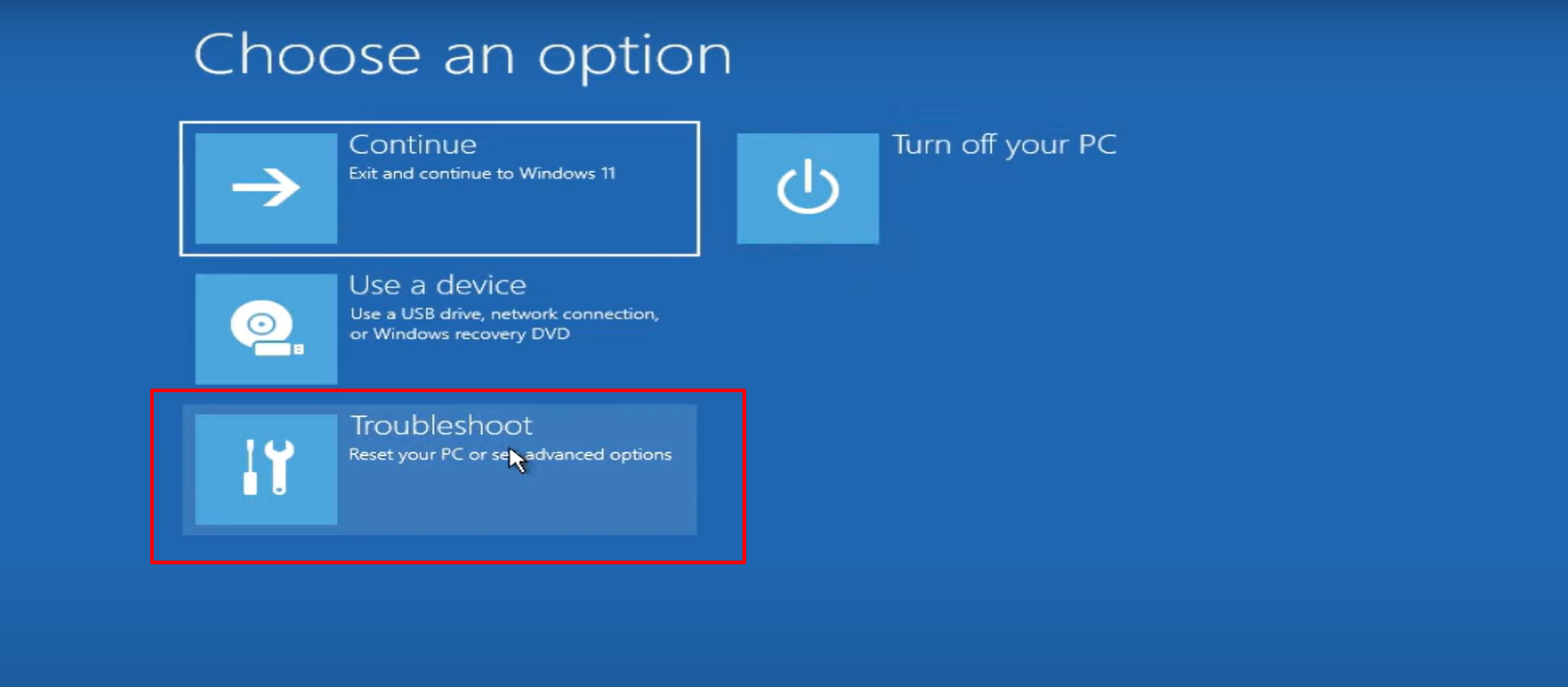
Step 2: Boot into Safe Mode with the Command Prompt
- Action: In the Advanced Boot Options menu, use the arrow keys to select ‘Safe Mode with Command Prompt’ and press Enter.
- Purpose: This action boots Windows into Safe Mode, but instead of the usual graphical interface, it starts up with the Command Prompt. This model is beneficial for troubleshooting and administrative tasks, as it runs with minimal system resources and avoids loading programs that might cause problems.
Step 3: Utilizing the Built-in Administrator Account
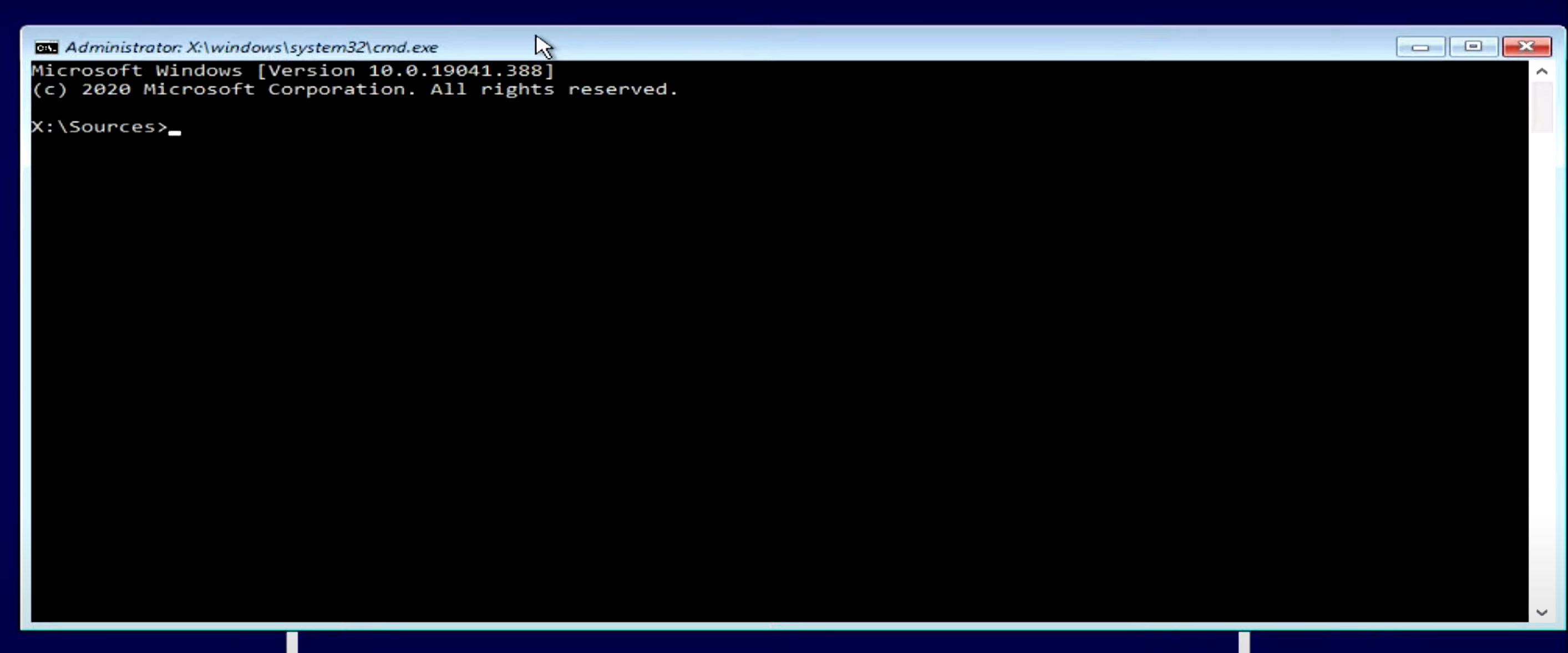
- Action: Once in Command Prompt, see if you can log into the built-in administrator account. In many installations, this account is not password-protected by default. If it is active, you can then access the Control Panel to change the password of your locked account.
- Purpose: The built-in administrator account has elevated privileges and allows you to perform a range of tasks, including password reset for other accounts on the system. If this account is disabled or password-protected, however, this method may not work.
By following these steps, Safe Mode can be an effective way to reset a Windows 10 password, especially in scenarios where other accounts with administrative privileges are not available. It’s important to note that this method should be used responsibly and only to regain access to accounts you are authorized to use. Unauthorized access to computer systems is illegal.
Method 5. Using Another Administrator Account:
If there’s another user account with administrative privileges on your PC, use it to reset your password.
- Step 1: Log in to the other administrator account.
- Step 2: Access ‘Control Panel’, navigate to ‘User Accounts’, then ‘Manage another account’.
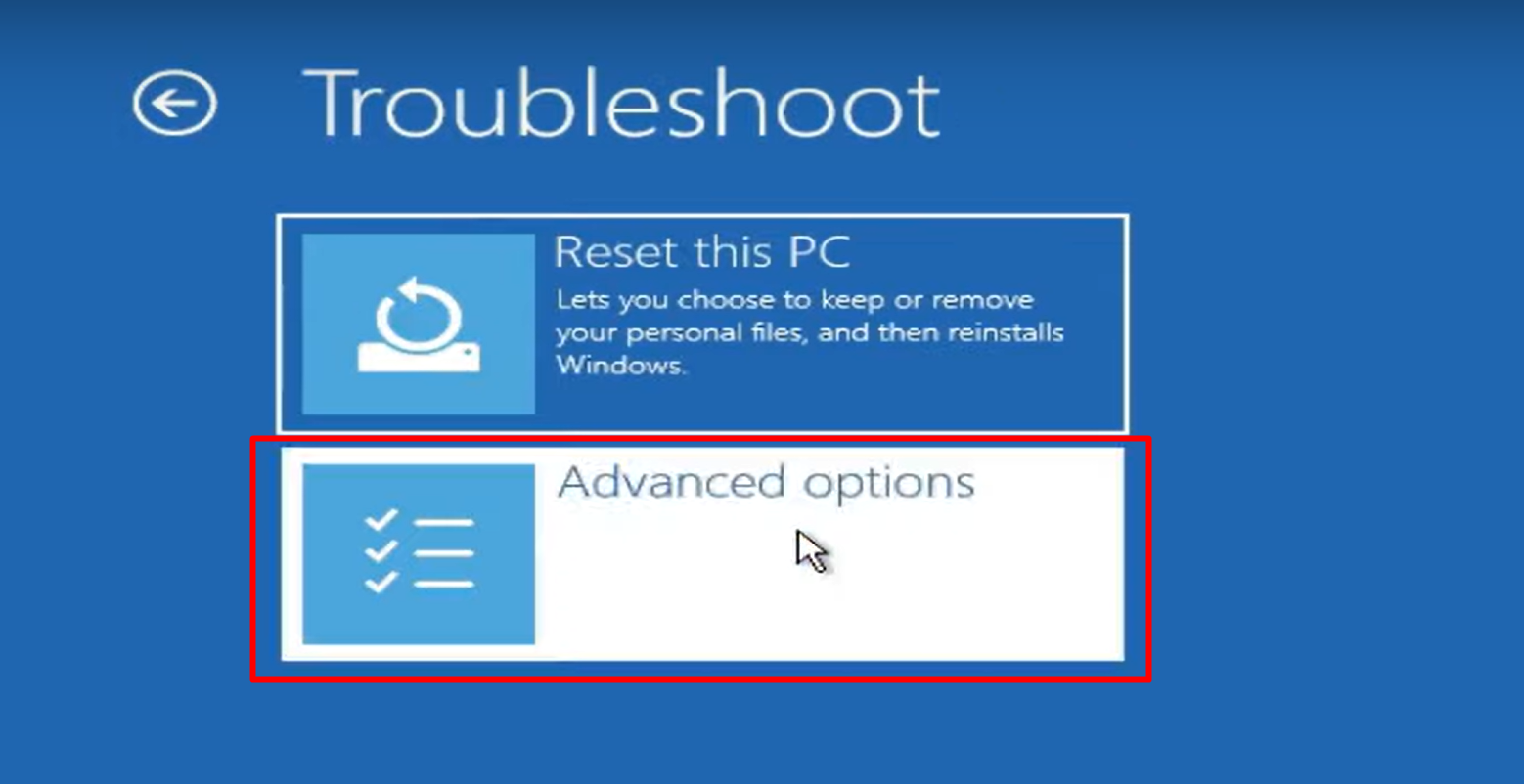
- Step 3: Choose the account you’re locked out of and select ‘Change the password’.
- Step 4: Enter a new password for the account and save the changes.
Method 6: Using Command Prompt from Advanced Startup
This method is a bit technical and is particularly useful when other simpler methods are not viable. It requires a Windows 10 installation media (like a DVD or USB drive) and involves using command-line operations to reset your password. Here’s how it’s done:
Step 1: Boot from Windows 10 Installation Media
- Action: First, insert your Windows 10 installation media into your computer and restart it. As the computer boots, you’ll need to enter the BIOS or UEFI settings to change the boot order, making the computer boot from the installation media instead of the hard drive. This can usually be done by pressing a key like F2, F12, Del, or Esc (it varies by manufacturer) as soon as the computer starts.
- Purpose: Booting from the installation media will give you access to Windows 10’s recovery environment, where you can perform various repair and recovery tasks.
Step 2: Access Command Prompt from Advanced Options
- Action: Once booted from the installation media, you’ll see a setup screen. Instead of proceeding with installation, look for and select the ‘Repair your computer’ option, usually found in the bottom left corner. From there, navigate to ‘Troubleshoot’ > ‘Advanced options’ > ‘Command Prompt’.
- Purpose: This sequence of actions takes you to the Command Prompt but with administrative privileges, which are necessary for resetting passwords or making changes to system accounts.
Step 3: Reset Password or Activate Administrator Account
- Action: In the Command Prompt, you have several options. You can activate the hidden administrator account by typing
net user administrator /active:yesor reset the password of a specific account with the commandnet user [username] [newpassword], replacing[username]with the actual username and[newpassword]with the new password you wish to set. - Purpose: Activating the hidden administrator account provides a way to gain access to the system with administrative privileges, where you can then change other user account passwords. Alternatively, directly resetting the password for a specific account allows immediate access to that account.
This method is powerful but requires caution. Command Prompt operations can significantly affect your system, so they should be performed carefully. It’s also important to ensure that you have the legal right to access or modify the accounts in question, as unauthorized access to computer systems is illegal.
Method 7. Using Third-Party Software:
Many third-party tools can assist in resetting a Windows password.
- Step 1: From another computer, download a reputable third-party password recovery tool.
- Step 2: Create a bootable USB or CD/DVD using this software.
- Step 3: Boot the locked computer from this media and use the tool’s interface to reset your password.
Method 8: Reinstalling Windows
Reinstalling Windows is a drastic measure and is usually considered a last resort for resetting a Windows 10 password, particularly when other methods have failed or are not feasible. This process will erase all data on the computer’s system drive, including the old password, essentially giving you a fresh start. Here’s a breakdown of each step:
Step 1: Back Up Accessible Data
- Action: Before proceeding with reinstallation, it’s crucial to back up any data you can access from the locked PC. This could include files in non-protected folders, data on secondary drives, or anything accessible without needing to log into your account.
- Purpose: Reinstalling Windows will erase everything on the system drive (where Windows is installed). Backing up helps preserve important files, photos, documents, or any other valuable data.
Step 2: Create Windows 10 Installation Media
- Action: On another computer that you have access to, download the Windows 10 Media Creation Tool from Microsoft’s official website. Run this tool to create installation media on a USB drive or DVD.
- Purpose: The installation media serves as a bootable source for reinstalling Windows. It contains all the necessary files to install a fresh copy of the operating system.
Step 3: Boot from Installation Media and Reinstall Windows
- Action: Insert the installation media into the locked PC and boot from it. You might need to enter the BIOS/UEFI settings to change the boot order to prioritize the USB drive or DVD. Once booted, follow the on-screen instructions to reinstall Windows.
- Purpose: Booting from the installation media and following the instructions will install a new copy of Windows on your PC. During the installation process, you’ll have the option to format the system drive, which removes the old password along with all other data.
By following these steps, you will be able to reset your PC to its original state, akin to how it was when first purchased. Keep in mind that while this method is effective in removing the password, the loss of data is significant. It is recommended to try other password recovery methods before resorting to a complete reinstallation.
Legal and Ethical Disclaimer (Important Notice)
The guidance provided here for resetting a Windows 10 password is meant strictly for lawful and ethical use. It’s imperative to use these methods only on computers you own or have explicit permission to manage.
Unauthorized access to someone else’s computer constitutes a violation of privacy and is legally punishable. You bear full responsibility for your actions, ensuring they align with local digital security and privacy laws.
If uncertain about legal implications, seek professional legal advice. The content creators are not liable for any misuse or illegal activities arising from this information.
🔥 Bottom Line
Resetting a Windows 10 password can be approached through various methods, each catering to different scenarios and technical expertise levels.
From using your Microsoft account to more advanced techniques like Safe Mode or Command Prompt, these methods offer solutions for both simple and complex situations.
However, it’s vital to approach this process with a sense of responsibility and legality, ensuring you’re only attempting to regain access to your account or one you’re authorized to manage.
With the right approach and adherence to legal and ethical standards, regaining access to your Windows 10 system can be a straightforward and secure process.


